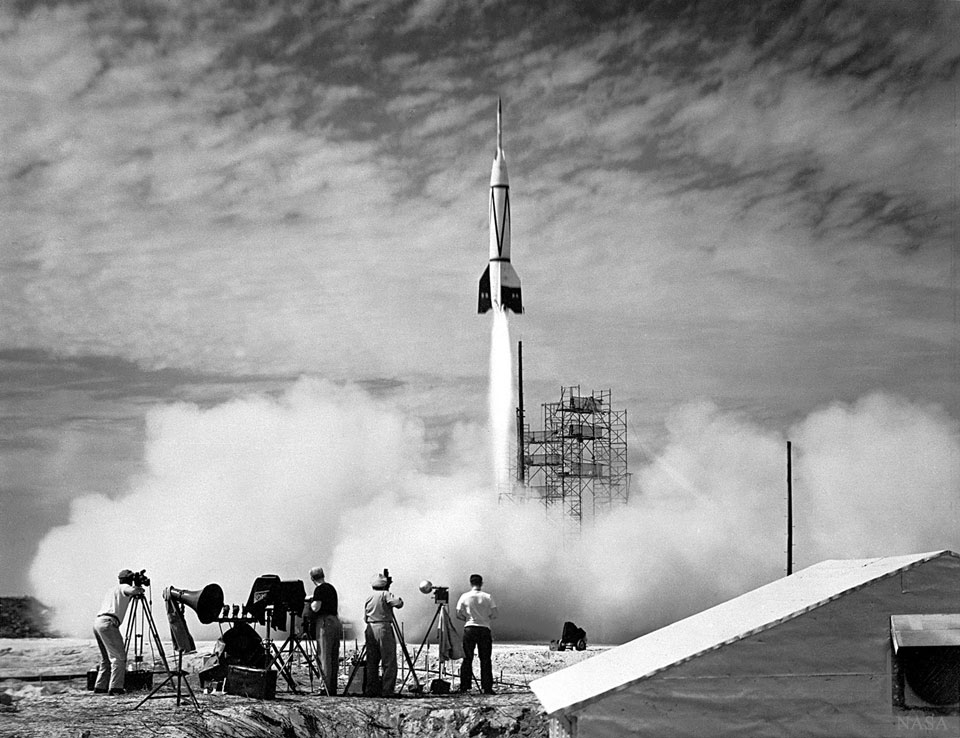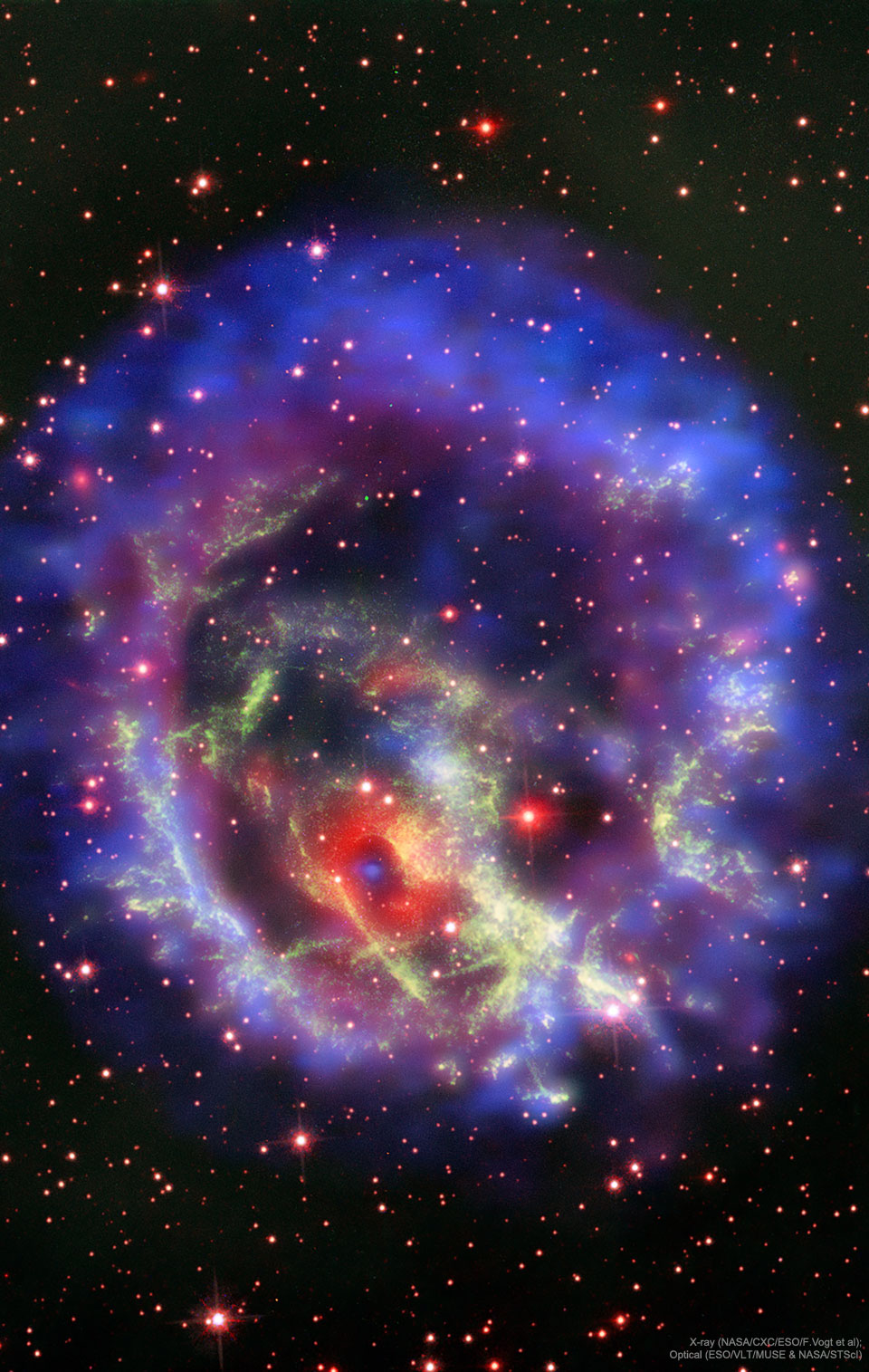"Ameno"
Nombre total de pages vues
06/10/2018
05/10/2018
The Last Days of Venus as the Evening Star - Astronomy picture of the day - 2018 October 5

Explanation: That's not a young crescent Moon poised above the hills along the western horizon at sunset. It's Venus in a crescent phase. About 54 million kilometers away and less than 20 percent illuminated, it was captured by telescope and camera on September 30 near Bacau, Romania. The bright celestial beacon is now languishing in the evening twilight, its days as the Evening Star in 2018 coming to a close. But it also grows larger in apparent size and becomes an ever thinner crescent in telescopic views. Heading toward an inferior conjunction (non-judgmental), the inner planet will be positioned between Earth and Sun on October 26 and lost from view in the solar glare. At month's end a crescent Venus will reappear in the east though, rising just before the Sun as the brilliant Morning Star.
Opportunity After the Storm - Astronomy picture of the day - 2018 October 4

Explanation: On Mars dust storms can't actually blow spacecraft over, but they can blot out the Sun. Over three months ago a planet-wide dust storm caused a severe lack of sunlight for the Mars rover Opportunity at its location near the west rim of Endeavour crater. The lack of sunlight sent the solar-powered Opportunity into hibernation and for over 115 sols controllers have not received any communication from the rover. The dust is clearing as the storm subsides though. On September 20th, when this image was taken by the Mars Reconnaissance Orbiter's HiRISE camera, about 25 percent of the sunlight was reaching the surface again. The white box marks a 47-meter-wide (154-foot-wide) area centered on a blip identified as the silent-for-now Opportunity rover.
03/10/2018
NGC 1898: Globular Cluster in the Large Magellanic Cloud - Astronomy picture of the day - 2018 October 3

Explanation: Jewels don't shine this bright -- only stars do. And almost every spot in this glittering jewel-box of an image from the Hubble Space Telescope is a star. Now some stars are more red than our Sun, and some more blue -- but all of them are much farther away. Although it takes light about 8 minutes to reach Earth from the Sun, NGC 1898 is so far away that it takes light about 160,000 years to get here. This huge ball of stars, NGC 1898, is called aglobular cluster and resides in the central bar of the Large Magellanic Cloud (LMC) -- a satellite galaxy of our large Milky Way Galaxy. The featured multi-colored image includes light from the infrared to the ultraviolet and was taken to help determine if the stars of NGC 1898 all formed at the same time, or at different times. There are increasing indications that most globular clusters formed stars in stages, and that, in particular, stars from NGC 1898 formed shortly after ancient encounters with the Small Magellanic Cloud (SMC) and our Milky Way Galaxy.
02/10/2018
Sciences et Avenir - Vaccin cubain contre le cancer - Santé/Médecine

Découvert dans les années 90 par le Centre d’immunologie moléculaire de La Havane (Cuba), le CIMAvax-EGF fonctionne par des injections toutes les deux semaines puis chaque mois. Il permet au corps de produire des anticorps dirigés contre une certaine protéine, l'EGF ("Endothelial Growth Factor", ou en français "facteur de croissance endothélial"). Pour rendre le corps intolérant à l'EGF qu'il contient naturellement, le CIMAvax-EGF associe à l'EGF une protéine bactérienne qui stimule les défenses immunitaires et les force à cibler l'EGF.
Lire + sur :
https://www.sciencesetavenir.fr/sante/cancer/
https://www.sciencesetavenir.fr/sante/cancer/
Sciences et Avenir - Le Portugal se dote d'une base spatiale - Espace

Le Newspace gagne le Portugal. Après l'annonce du Royaume-Uni, en juillet, de l'installation d'une base spatiale dans la région de Sutherland, en Écosse, c'est au tour de Lisbonne d'annoncer sa volonté de créer un “port spatial” sur l'île de Santa Maria, dans l'archipel des Açores. Outre que le site choisi dispose déjà d'installations de suivi des satellites, il possède par ailleurs de grands avantages géographiques : isolé au milieu de l'Atlantique, l'archipel permet de viser tous azimuts sans crainte de retombée sur des zones habitées. Son principal défaut, cependant, est de subir une météo capricieuse, qui pourrait mener à de fréquents reports de lancement. Pour le ministre de la Science et de la Technologie Manuel Heitor, qui s'exprimait ce 2 octobre à Brême (Allemagne) à l'occasion de l'IAC (International Astronautical Congress), il s'agit de se positionner sur le marché très concurrentiel de l'accès à bas coût de l'espace pour les petits lanceurs. Certes, le secteur est encore balbutiant : peu de petits lanceurs sont déjà en service, mais une centaine d'entre eux sont en développement au niveau mondial.
La première phase de ce “programme de lancement international de satellites Atlantic” consiste en un appel à idées pour faire émerger les besoins concrets de lancement des acteurs du monde entier. “Tout le monde est invité à se joindre au projet”, a souligné le ministre portugais. Le gouvernement de Lisbonne envisage d’investir quelque 60 millions d'euros dans des infrastructures portuaires en mer et pour l’espace. L’objectif annoncé est d’inaugurer cette nouvelle base atlantique à l’horizon 2021. Israël, l’Espagne, la Chine — soit des pays qui sont très restreints en terme d’azimuts, la Chine faisant régulièrement retomber des morceaux de fusées sur des zones habitées — pourraient être intéressés par des pas de tirs entourés de mer. “Les Portugais ont une vision à 360°, indique Piero Messina, directeur des vols habités à l’ESA (Agence spatiale européenne). Ils visent le développement de constellations de petits satellites pour des études de surveillance des océans, de pollutions maritimes, etc. L’idée est de développer un centre de recherches maritimes au centre de l’Atlantique.” L’aventure ne fait que commencer, une agence spatiale portugaise étant en cours de constitution…
Sciences et Avenir
Supernumerary Rainbows over New Jersey - Astronomy picture of the day - 2018 October 2

Explanation: Yes, but can your rainbow do this? After the remnants of Hurricane Florence passed over Jersey Shore, New Jersey, USA last month, the Sun came out in one direction but something quite unusual appeared in the opposite direction: a hall of rainbows. Over the course of a next half hour, to the delight of the photographer and his daughter, vibrant supernumerary rainbows faded in and out, with at least five captured in this featured single shot.Supernumerary rainbows only form when falling water droplets are all nearly the same size and typically less than a millimeter across. Then, sunlight will not only reflect from inside the raindrops, but interfere, a wave phenomenon similar to ripples on a pond when a stone is thrown in. In fact, supernumerary rainbows can only be explained with waves, and their noted existence in the early 1800s was considered early evidence of light's wave nature.
01/10/2018
The First Rocket Launch from Cape Canaveral - Astronomy picture of the day - 2018 October 1

Credit: NASA
Explanation: A new chapter in space flight began in 1950 with the launch of the first rocket from Cape Canaveral, Florida: the Bumper V-2. Featured here, the Bumper V-2 was an ambitious two-stage rocket program that topped aV-2 missile base with a WAC Corporal rocket. The upper stage was able to reach then-record altitudes of almost 400 kilometers, about the height of the modern International Space Station. Launched under the direction of theGeneral Electric Company, the Bumper V-2 was used primarily for testing rocket systems and for research on the upper atmosphere. Bumper V-2 rockets carried small payloads that allowed them to measure attributes including air temperature and cosmic ray impacts. Seven years later, the Soviet Union launched Sputnik I and Sputnik II, the first satellites into Earth orbit. In response in 1958, 60 years ago today, the USA created NASA.
30/09/2018
The Lonely Neutron Star in Supernova Remnant E0102-72.3 - Astronomy picture of the day - 2018 September 30

The Lonely Neutron Star in Supernova Remnant E0102-72.3
Explanation: Why is this neutron star off-center? Recently a lone neutron star has been found within the debris left over from an old supernova explosion. The "lonely neutron star" in question is the blue dot at the center of the red nebula near the bottom left of E0102-72.3. In the featured image composite, blue represents X-ray light captured by NASA's Chandra Observatory, while red and green represent optical light captured by ESO's Very Large Telescopein Chile and NASA's Hubble Space Telescope in orbit. The displaced position of this neutron star is unexpected since the dense star is thought to be the core of the star that exploded in the supernova and created the outer nebula. It could be that the neutron star in E0102 was pushed away from the nebula's center by the supernova itself, but then it seems odd that the smaller red ring remains centered on the neutron star. Alternatively, the outer nebula could have been expelled during a different scenario -- perhaps even involving another star. Future observations of the nebulas and neutron star appear likely to resolve the situation.
Ces codes secrets donnent accès aux fonctions cachées du téléphone - Téléphonie
Nous avons tous notre téléphone portable à portée de main en permanence. Mais peu de gens connaissent toutes leurs options secrètes, qui peuvent être activées avec de simples combinaisons de touches. Il existe une grande variété de combinaisons, certaines s’appliquent à tous les types de téléphones, tandis que d’autres fonctionnent uniquement sur certains modèles.
Sympa-sympa.com a rassemblé en un seul article tous les codes intéressants qui vous donneront accès aux options cachées du portable.
Inscription à :
Commentaires (Atom)
ASTRONOMY - Juno Flyby of Ganymede and Jupiter
2025 December 14 Juno Flyby of Ganymede and Jupiter Video Credit: NASA , JPL-Caltech , SWRI , MSSS ; Animation: Koji Kuramura , Geral...

-
2022 September 26 All the Water on Planet Earth Illustration Credit: Jack Cook, Adam Nieman, Woods Hole Oceanographic Institution ; Data ...
-
2025 May 11 The Surface of Venus from Venera 14 Image Credit: Soviet Planetary Exploration Program , Venera 14 ; Processing & Copyri...

